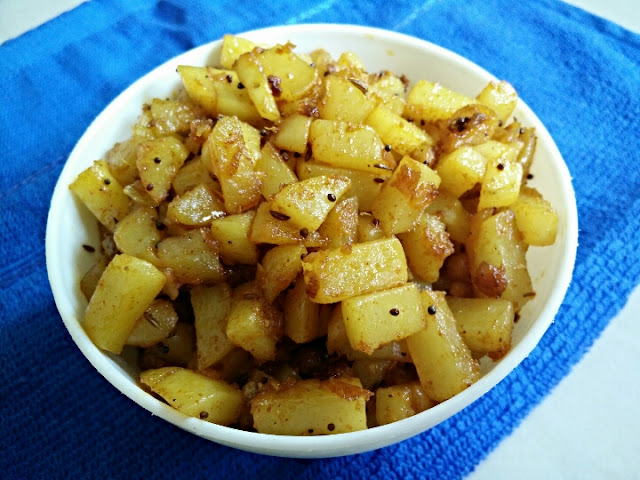If we look into the science behind our traditional recipes which passed on by our ancesstors, it shows there wiseness in designing recipes. Panakam’ is one such drink which is made especially during Sri Ramanavami and Narasimha Jayanti festivals.
It is a known fact that seasonal variations introduce a multiple changes to our health conditions. Heat during the summer causes variations in Vaatham (lethargy) and Kafam (phlegm), while Jataraagni (the fire which induces hunger) subsides leading to loss of appetite.
It is made with a mixture of jaggery, sonti (dry ginger), black pepper and cardamom, Panakam acts as a coolant in the hot sweltering summer.The ingredients in Panakam counteract such elements and provide an instantaneous rejuvenating feel to the one who consumes it. In addition to that, when consumed with ‘vadapappu’ it aids the digestion offering a one stop solution to all the ills during summer.

Ingredients
1 cup Jaggery
1/2 tsp Dry ginger
2 Elachi/cardomom
6 cups Water
pinch of Black pepper
Instructions
mix all the ingredients well and then chill for a few hours.
It is a known fact that seasonal variations introduce a multiple changes to our health conditions. Heat during the summer causes variations in Vaatham (lethargy) and Kafam (phlegm), while Jataraagni (the fire which induces hunger) subsides leading to loss of appetite.
It is made with a mixture of jaggery, sonti (dry ginger), black pepper and cardamom, Panakam acts as a coolant in the hot sweltering summer.The ingredients in Panakam counteract such elements and provide an instantaneous rejuvenating feel to the one who consumes it. In addition to that, when consumed with ‘vadapappu’ it aids the digestion offering a one stop solution to all the ills during summer.

Ingredients
1 cup Jaggery
1/2 tsp Dry ginger
2 Elachi/cardomom
6 cups Water
pinch of Black pepper
Instructions
mix all the ingredients well and then chill for a few hours.





















